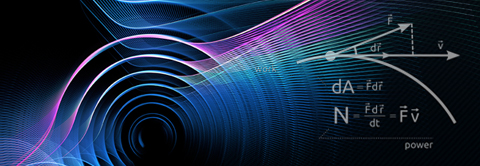Theoretical Studies of the Electric Field Induced Thermal Hall Effect in the Quantum Dimer Magnets XCuCl3 (X = Tl, K)
2024.04.08 10:10
| 날짜 | 2024-04-11 16:00 |
|---|---|
| 연사 | |
| 장소 | E6-2, Rm#1323 |
In this talk, I will present the theory of the electric field induced thermal Hall effect of triplons in the quantum dimer magnets XCuCl3 (X = Tl, K), which exhibit ferroelectricity in the Bose-Einstein condensation phase of triplons [3]. The interplay between ferroelectricity and magnetism in these materials leads to the magnetoelectric effect, i.e., an electric field induced Dzyaloshinskii-Moriya (DM) interaction between spins on the same dimer. In the high magnetic field regimes of the BEC phase where the lowest two modes are most relevant, we first consider the low-energy effective model [4] and find that there exist nodal lines in the Brillouin zone in the presence of an effective PT symmetry. Due to the presence of this symmetry, the system does not show the thermal Hall effect. However, the electric field induced intra-dimer DM interaction breaks the symmetry and gives rise to the thermal Hall effect. We also show that the magnitude (the direction) of the thermal Hall current can be well controlled by changing the strength (the direction) of the electric field.
Additionally, we investigate the thermal Hall effect in lower magnetic field regimes of the BEC phase, considering all triplon modes. We identify that nodal lines protected by symmetries still exist without an electric field, although the effective PT symmetry does not. Interestingly, the thermal Hall effect in the lower magnetic field regimes can also be well controlled by an electric field, similar to the effective model for high magnetic field regimes.
We anticipate that the thermal Hall effect in XCuCl3 can be detected in experiments with achievable electric and magnetic fields. Moreover, in the lower magnetic field regimes, we discover that an electric field can induce Weyl triplons, leading to multiple topological phase transitions by tuning a magnetic field with a finite electric field.
References
[1] S. Suetsugu et al., Phys. Rev. B 105, 024415 (2022).
[2] J. Romhányi, K. Penc, and R. Ganesh, Nat. Commun. 6, 6805 (2015).
[3] S. Kimura et al., Nat. Commun. 7, 12822 (2016).
[4] N. Esaki, Y. Akagi, and H. Katsura, arXiv: 2309.12812.







